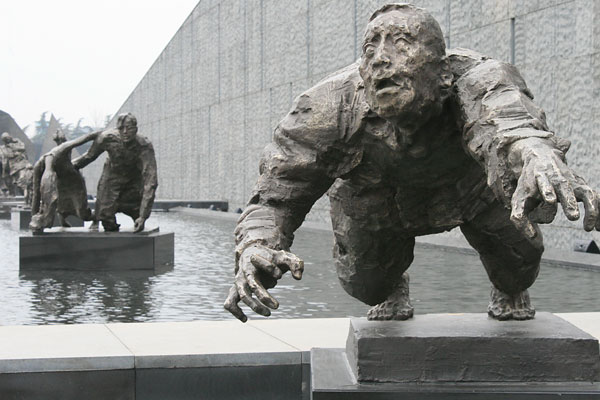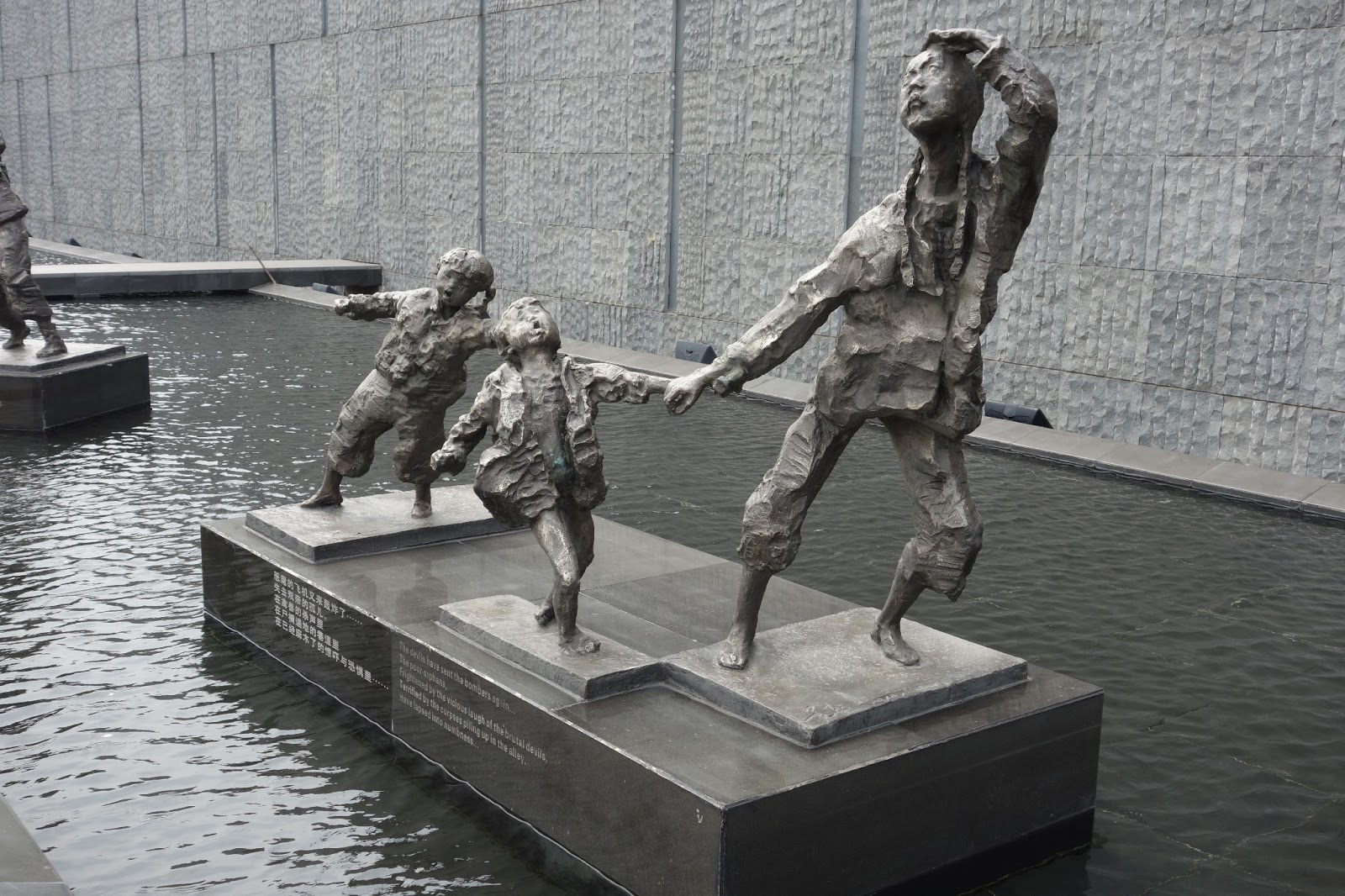Illustrative Example (p. 137) – Genocide, ethnic violence, or attempted destruction of specific populations
CAVEAT: Be advised of the adult content due to the graphic nature and historical documentation of the Nanking Massacre. Be sure to cover this section in the chapter readings and compare to other genocides previously covered.
In late 1937, over a period of six weeks, Imperial Japanese Army forces brutally murdered hundreds of thousands of people–including both soldiers and civilians–in the Chinese city of Nanking (or Nanjing). The horrific events are known as the Nanking Massacre or the Rape of Nanking, as between 20,000 and 80,000 women were sexually assaulted. Nanking, then the capital of Nationalist China, was left in ruins, and it would take decades for the city and its citizens to recover from the savage attacks.
 There are no official numbers for the death toll in the Nanking Massacre, though estimates range from 200,000 to 300,000 people. Soon after the end of the war, Matsui and his lieutenant Tani Hisao, were tried and convicted for war crimes by the International Military Tribunal for the Far East and were executed. Anger over the events at Nanking continues to color Sino-Japanese relations to this day. The true nature of the massacre has been disputed and exploited for propaganda purposes by historical revisionists, apologists and Japanese nationalists. Some claim the numbers of deaths have been inflated, while others have denied that any massacre occurred.
There are no official numbers for the death toll in the Nanking Massacre, though estimates range from 200,000 to 300,000 people. Soon after the end of the war, Matsui and his lieutenant Tani Hisao, were tried and convicted for war crimes by the International Military Tribunal for the Far East and were executed. Anger over the events at Nanking continues to color Sino-Japanese relations to this day. The true nature of the massacre has been disputed and exploited for propaganda purposes by historical revisionists, apologists and Japanese nationalists. Some claim the numbers of deaths have been inflated, while others have denied that any massacre occurred.
Case Study: The Nanjing Massacre, 1937-38

You must be logged in to post a comment.